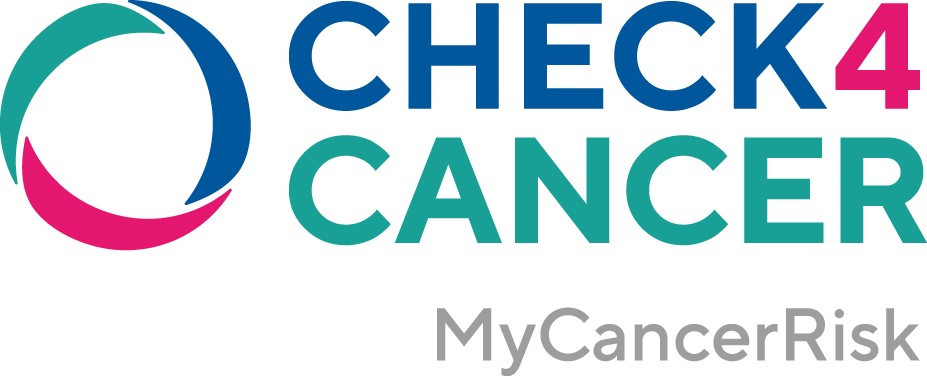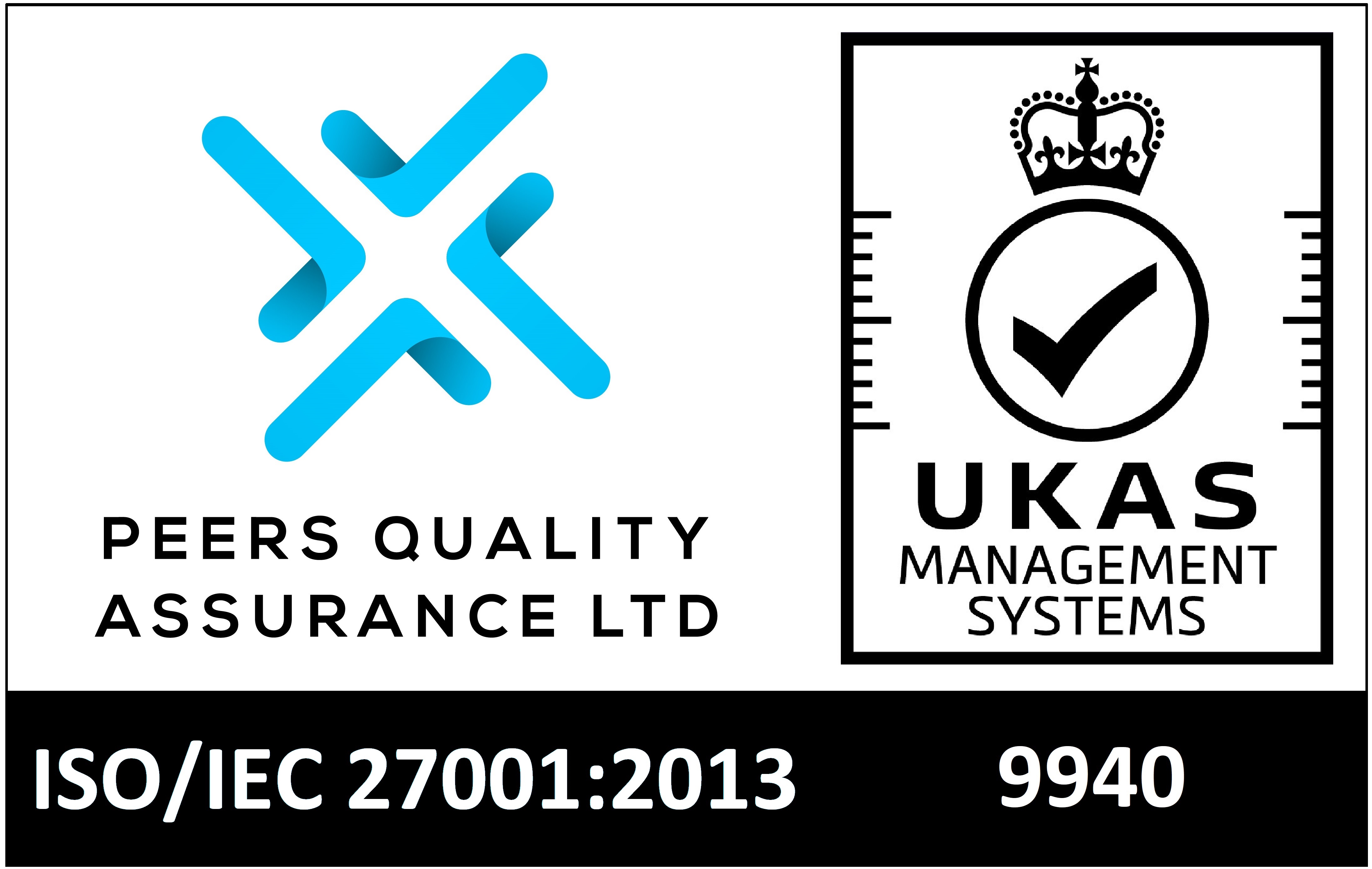Ask the Expert: HPV and Cervical Cancer
In the fourth of our Ask the Expert series, we spoke to Mr Jullien Brady, Consultant Gynaecologist and Clinical Advisor for Cervical Cancer at Check4Cancer, to learn more about HPV, its role in causing cancer and the importance of regular screening.
Keep an eye out for the rest of our ‘Ask the Expert’ series to hear directly from leading clinical experts and find out answers to some of the most asked cancer questions.
What’s the difference between HPV and Cervical Cancer?
The Human papillomavirus (HPV) is a virus that most people (90%), both men and women, will be exposed to when they become sexually active. Most of the time the virus clears with no effects, but in a small proportion of women it goes on to cause pre-cancerous and potentially even cancerous changes to the cervix. There are lots of different types of HPV, but the high-risk strains (especially numbers 16 & 18) are more commonly associated with cervical problems.
What causes HPV, how can you avoid catching it and how is it treated?
HPV is endemic within the human population and there is no way to avoid possible contact once you are sexually active. This is because the virus has a ‘field effect’ of being in the whole genital area, so safe sex practices and the use of condoms do not stop acquisition of the virus. There is no current treatment, but most people will clear the virus naturally. A vaccine is available, and this is now routinely given at schools to boys and girls.
How can HPV cause cervical cancer?
The cervix is a junction between two very different cell types; harder (squamous) cells are on the outside of the cervix, and softer (glandular) cells are higher up leading into the womb. These cells cross over at something call the transformation zone on the cervix and here, due to the transition in cell type, cells are more vulnerable to viral attack from HPV.
What are the other risk factors of cervical cancer?
Smoking reduces the ability of a person to naturally clear HPV which raises the risk. A very small percent (less than 1%) of cervical cancers are not related to HPV and are due to rare changes that cannot be screened for.
Who is most at risk of developing cervical cancer?
The current single biggest risk for developing cervical cancer is to not go for screening. The NHS offers women between 25-49 years, a cervical cancer ‘Smear Test’ every three years. In the UK, almost all cancers that are now diagnosed are in women who have never had or have stopped going for screening.
Can I reduce my risk of getting HPV or Cervical Cancer?
Apart from vaccination, there is currently no way of reducing the risk of getting HPV but having regular screening is the best way to reduce the likelihood of getting cervical cancer.
Are there any symptoms?
HPV and pre-cancerous changes have no symptoms. Cervical cancer can cause pain, bleeding after intercourse and discharge, although these are much more commonly associated with infection rather than cancer.
Why is regular screening and early detection so important?
Regular screening is so important as cervical cancer goes through a readily identifiable pre-cancerous stage that is very easy to treat.
Why do so many people miss their screening appointments?
The reasons are many and commonly include difficulty in getting an appointment, previous bad experiences, fear, and anxiety.
What does a standard screening appointment involve?
A speculum is inserted into the vagina that opens to allow the doctor or nurse to see the cervix. A special brush is then used to sweep around the cervix removing cells and material that is tested for High-Risk HPV. If High-Risk HPV is detected, then the cells from the cervix are looked at under a microscope. If High-Risk HPV is not detected, then the sample is discarded. If High-Risk HPV and abnormal cells are present, then a woman will be asked to attend a colposcopy examination where the cervix can be looked at under magnification and appropriate biopsies can be taken as needed.
What is HPVCheck and how is it different from NHS screening?
HPVCheck is a way of removing most of the barriers that stop women from attending appointments for screening. Just like NHS screening, the test looks for the presence of High-Risk HPV but unlike screening appointments, HPVCheck can be easily performed by a woman in the comfort and privacy of her own home. A speculum examination is not needed as the woman self inserts a sampling device that merely needs to go to the top of the vagina. The sensation is rather similar to the insertion of a tampon. If High-Risk HPV is detected then a traditional smear test will be needed to look at the cells on the cervix.
If you are diagnosed with cervical cancer, what are the treatment options?
Thankfully the vast majority of cervical cancers are caught in the pre-cancerous stages. Treatment at pre-cancerous and early-stage cancer is very simple and requires the removal of a small piece of the cervix where the abnormal cells are located. This is very commonly done under local anesthetic in a colposcopy clinic and is likely to be the only treatment required. More advanced stages require a combination of a hysterectomy operation with or without the need for additional chemotherapy and radiotherapy.
How often would you recommend screening for HPV/cervical cancer?
Screening should not begin before the age of 25 years, as this has been proven to lead to potential over treatment to young women who do not require it. The NHS screening intervals of three years (aged 25-50) and 5 years (aged 50-65) are safe. HPVCheck can be used as often as a woman wishes and we provide an individual risk calculator to guide women as to how often to perform HPVCheck.
Who can people talk to if they are concerned or want more information?
More information on HPVCheck and cervical screening is available on our website or via the NHS and Jo’s Cervical Cancer Trust.
In your experience, how has cervical screening changed in recent years and how do you see it developing in the future?
The changes to primary HPV screening reflect the increase in knowledge as to how HPV affects the cervix. I see self-sampling for HPV becoming the normal method in the fullness of time.
HPVCheck gives women the autonomy to be in charge of their cervical screening. I especially recommend it to women who may have had a bad experience of screening in the past.

Mr Jullien Brady, Clinical Advisor for Cervical Cancer at Check4Cancer
Jullien Brady has extensive experience in the UK cervical screening program. He is a former National Quality Assurance Director for the NHS Cervical screening Program. He is currently the Professional Clinical Advisor for Colposcopy for Public Health England. He is also a member of the Executive Committee of the BSCCP, the governing body of Colposcopy. Mr Brady is passionate about women having the opportunity to maximise their health choices and screening options. Having done all his undergraduate and post-graduate training in London, Mr Brady was appointed as a Consultant in 2008.




